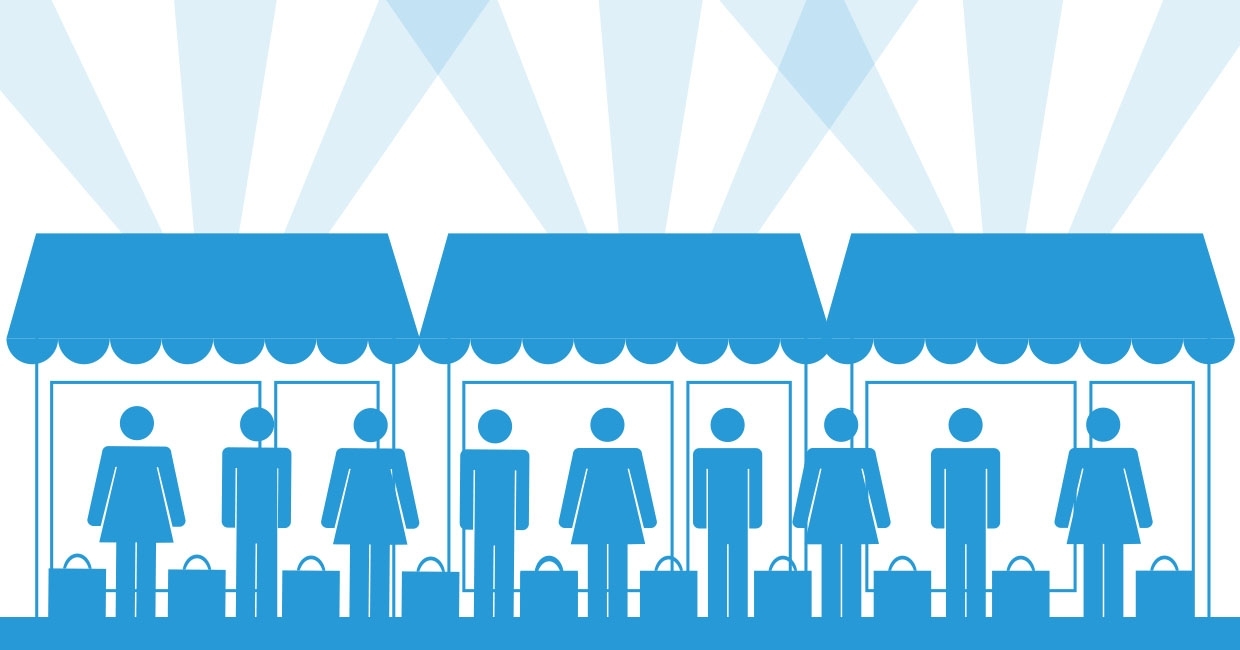Data released today by the Local Data Company and the British Independent Retailers Association (bira) shows that 2018 saw growth in the number of independent stores in shopping centres, with 1951 new openings leading to a net gain of +87 (+1.1%) compared to a net decline of -88 in 2017 (-1.1%).
Independent retailers played a key role in replacing the net loss of -811 chains in shopping centres due to retailers rationalising estates.
Shopping centre owners are becoming increasingly creative with vacant space, splitting it into smaller units which are more suitable for independent occupiers.
The analysis, which reviews changes across more than 313,000 independent businesses across Great Britain also found that, overall, independent retailers opened +4.5% more shops in 2018 than in 2017. This number was offset by a record number of stores closing (35,524), which led to an overall net decline of -1013 shops. However, this is a +32% improvement from the decline of -1483 shops seen in 2017.
Losses were offset by leisure (cafes, restaurants, bars and pubs) and service retail categories (hairdressers, barbers and dry cleaners) which were the only categories to see growth in 2018, with a net increase of +710 and +992 units, respectively.
In 2018, independents accounted for 64% of all retail and leisure units in Great Britain. The independent comparison goods retail category (including homewares) saw a net change in units of -2.45% in 2018 (-2.62% in 2017). This is a net decrease of -2125 units – a marginal improvement on 2017 (-2240).
The North West showed the greatest increase of independents, while Yorkshire & the Humber, and Greater London, showed the greatest decline.
High streets saw no change in fortunes when compared to the previous year, with a decline in independent retailers of -0.3% in both 2017 and 2018 . Retail parks continued to see growth with a +4.6% increase (versus +7.3% in 2017) – however, this location type only accounts for 0.2% of all independents across the nation.
Lucy Stainton, head of retail and strategic partnerships, the Local Data Company, comments: “2018 saw many well-known brands exit the high street and rationalise estates of bricks-and-mortar stores. A by-product of this activity was a plethora of units in prime locations coming into the market, which agile entrepreneurs have been quick to reoccupy. This, combined with more a creative approach to property by shopping centre managers, has resulted in a new breed of independent shopping centre occupiers. Increasing independent businesses in these assets has benefits for the owner, bringing diversity and differentiation into the retail offer. For independent business owners, the benefits include increased footfall and access to marketing via promotional websites and campaigns.
"In the coming months and years, we expect a similar pattern for retail parks. Whilst historically they have hosted big-box brands with large stores, recent challenges for retailers in this market will force retail park owners to review the structure of their assets, breaking up larger units up to attract a new type of retailer and make units for viable for independent retailers.”







